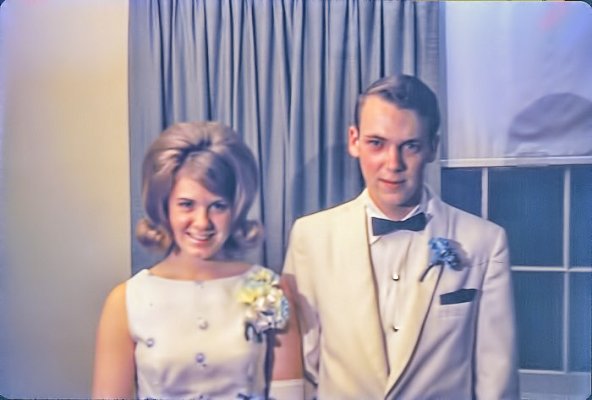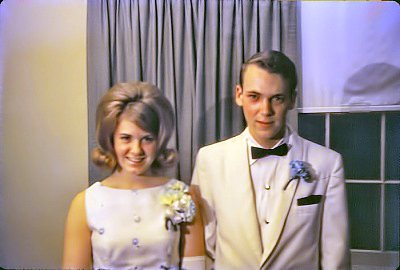Chuckanut
Give me a museum and I'll fill it. (Picasso) Give me a forum ...
Interesting article by Thom Hogan concerning more pixels and if that is what we really need to get better photographs. One quote:
Will the Pixel Madness Ever End? | byThom | Thom Hogan
Thus, here’s my tip for the day: instead of going for 24mp over the 16mp you’ve got, or wishing for more than the 24mp you can get today, think about the lens out front first. You can impact your DX results far more by judicious lens choice than you can buying megapixels now.
Will the Pixel Madness Ever End? | byThom | Thom Hogan

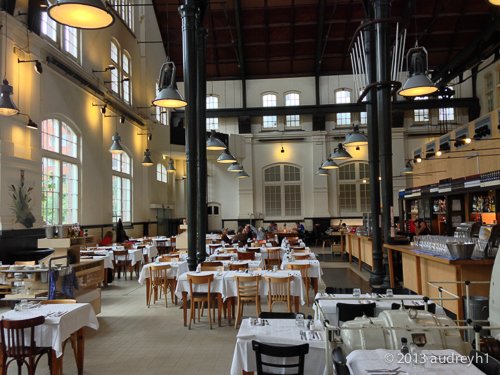
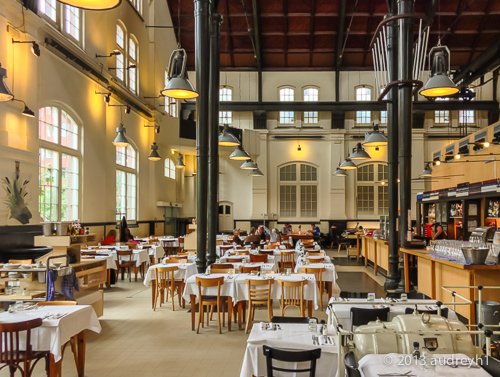
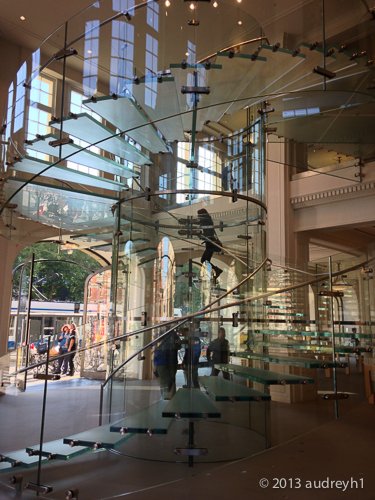
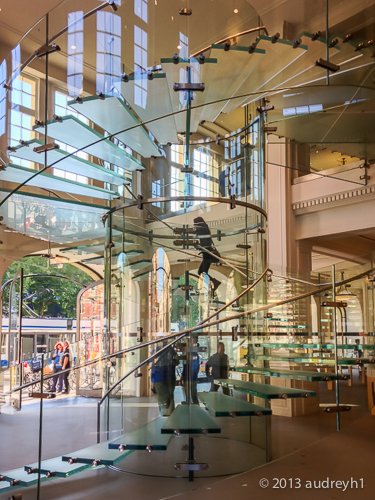
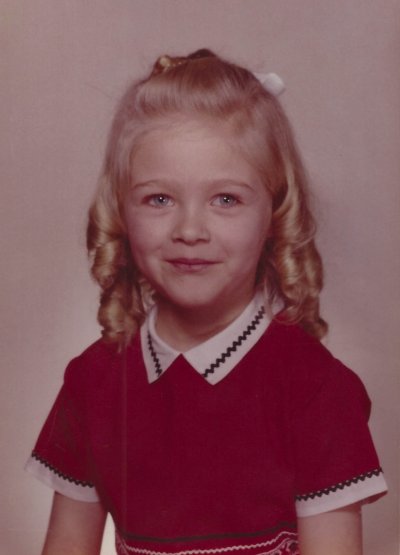
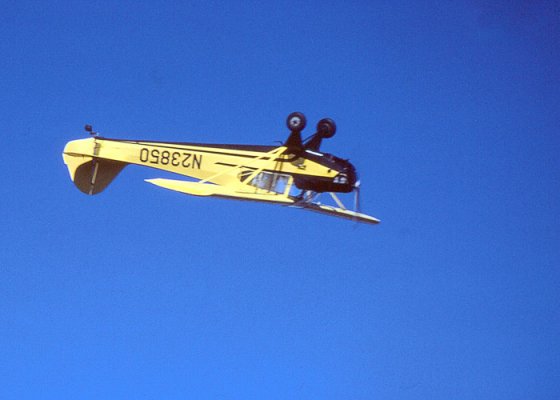
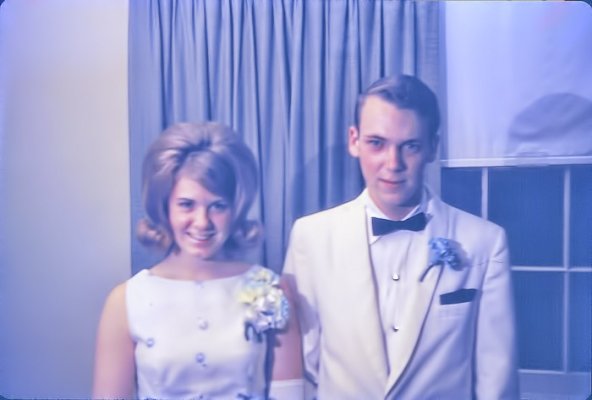
 Nice picture!
Nice picture!